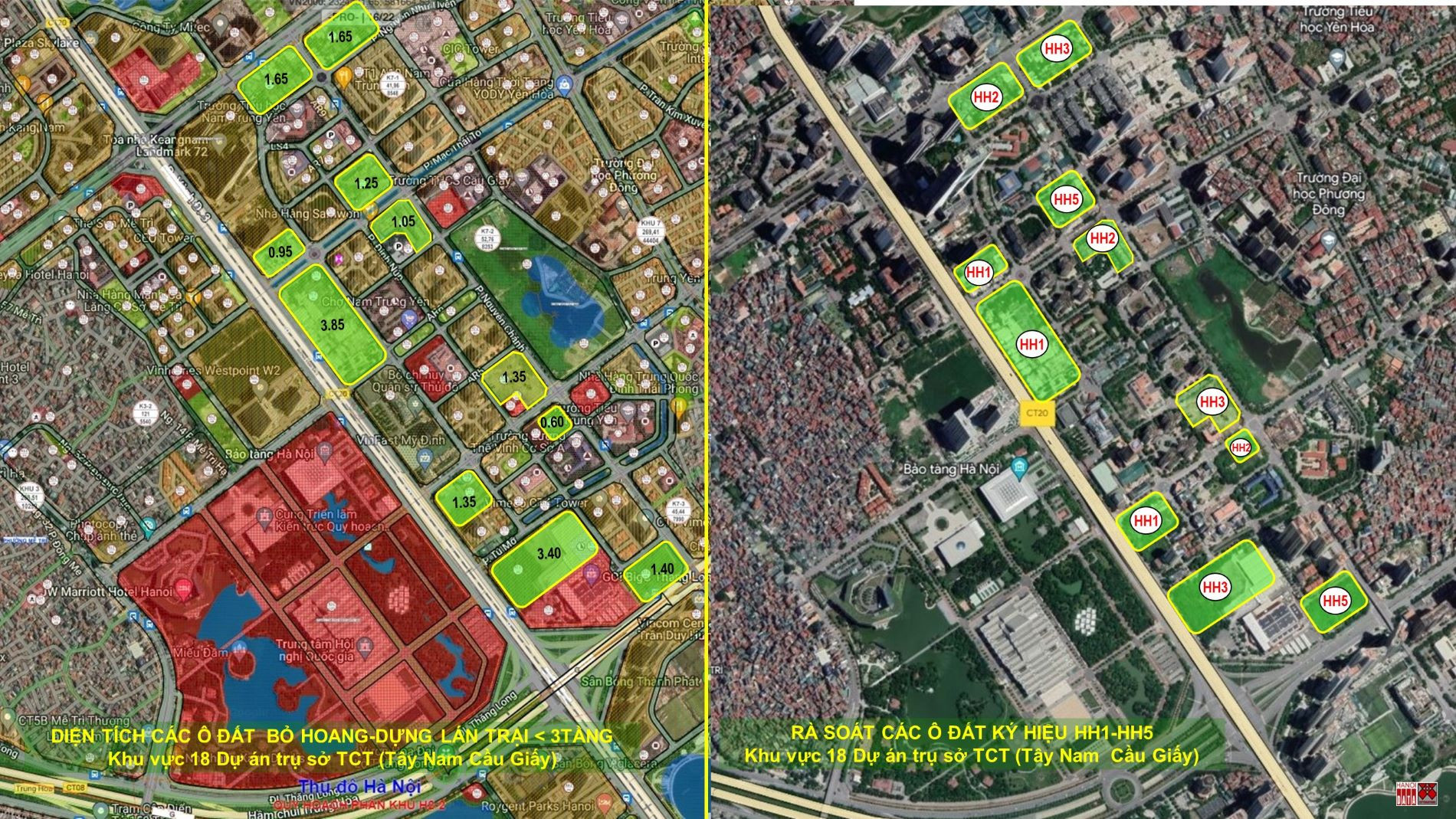
Public school seats remain in short supply as demand rises and land designated for education remains inadequate. Misjudged population forecasts, outdated planning tools, and hundreds of abandoned real estate projects have turned the dream of securing a public high school seat in Hanoi into a fierce race among students.
In recent years, the acceptance rate into public high schools in Hanoi has barely exceeded 60%. Gaining admission to a public school in the capital has become a stressful competition for students and parents alike. This long-standing issue stems from a public school system that fails to meet the demand. VietNamNet has launched a special series addressing the current situation and potential solutions, especially in light of ongoing administrative reforms and surplus public assets following the consolidation of local government units.
Following reports highlighting the reality - Nearly 30,000 Hanoi students lack public high school seats - and analyzing the causes - Student numbers rise but few new public schools are built - VietNamNet has received a wave of feedback from experts and readers. Below is a perspective by architect Tran Huy Anh, Standing Member of the Hanoi Association of Architects.
Lack of land for schools traced back to original education network plan
On May 23, 2002, Hanoi established the Department of Planning and Architecture, based on the former Office of the Chief Architect. Its first director, Dao Ngoc Nghiem, announced the land-use plans for 14 districts.
In 2003, the Institute of Construction Planning and the Department of Planning and Architecture presented the "Hanoi Capital School Network Plan to 2010 with vision to 2020", which was approved by the City People’s Committee. However, this plan severely underestimated population growth and thus allocated insufficient land for schools. As a result, surplus land was handed to private developers, leading to uncontrolled real estate projects - many of which have remained abandoned for decades. Urban developments prioritized residential housing without schools, leaving Hanoi hundreds of schools and thousands of classrooms short.
A survey in Cau Giay District after five years of implementing the education network plan revealed the following: although the district spanned 1,200 hectares and grew from 90,000 residents in 1997 to 140,000 in 2001, the 2003 plan still cited the outdated population of 90,000. It projected a 2020 population of 150,000 and over 40,000 students, suggesting 60 hectares of land for schools was sufficient - leaving the rest open for housing, malls, and hotels.
But by 2008, Cau Giay’s population had already exceeded 200,000, with nearly 50,000 students. The land forecast meant to last until 2020 was quickly exhausted and remained far from enough. Meanwhile, over 20 hectares of roadside land along Ring Road 3 were allocated to state-owned corporate headquarters - now mostly idle.
This mismatch is not unique to Cau Giay. Other districts suffer similarly due to underestimated population forecasts.
Outdated planning tools perpetuate Hanoi’s school land shortage
Despite Hanoi expanding its administrative boundaries and releasing the 2011 Capital Construction Master Plan (QH 1259), the shortage of land for schools remains. Many outlying districts still lack kindergartens through to high schools. These issues were not fully addressed in the 10-year review of QH 1259 (2011–2021).
On August 4, 2023, the Hanoi Department of Education and Training collaborated with the Institute for Socio-Economic Development Studies to hold a forum discussing educational development strategies and how to integrate them into the Capital Planning Framework for 2021–2030 with a vision to 2050.
At the forum, then Deputy Chairman of Hanoi People’s Committee Ha Minh Hai stressed that evaluating the current state of Hanoi's education sector must be truthful, objective, scientific, and creative. All data must be updated to 2022 and compared with similarly developed capitals to set clear goals. Proposed development scenarios must be backed by concrete assessments, not vague generalizations.
Despite strong guidance from city leadership, many planning documents are still drawn manually. Maps are created with digital tools, but without linking school data into a Geographic Information System (GIS). This omission hinders land management, especially in identifying plots for education.
The root of the land shortage lies with the Department of Education and Training - responsible for assessing school land needs from kindergarten to high school - and the land management agencies in charge of allocating public land for this purpose.
School planning cannot be separated from real-time population data and safe transport networks, especially for children. Using GIS would vastly improve land allocation efficiency. Since government agencies have struggled with digital application, the city should consider commissioning tech firms to carry out GIS-based analyses, as it has done for other digital projects.
Vietnam is undergoing major public sector reform and administrative consolidation, which includes optimizing surplus public properties. This presents a golden opportunity to allocate former government office sites to public schools - especially for high school students - addressing current shortages while preparing a skilled workforce for Hanoi's future.
Tran Huy Anh
Standing Member, Hanoi Association of Architects